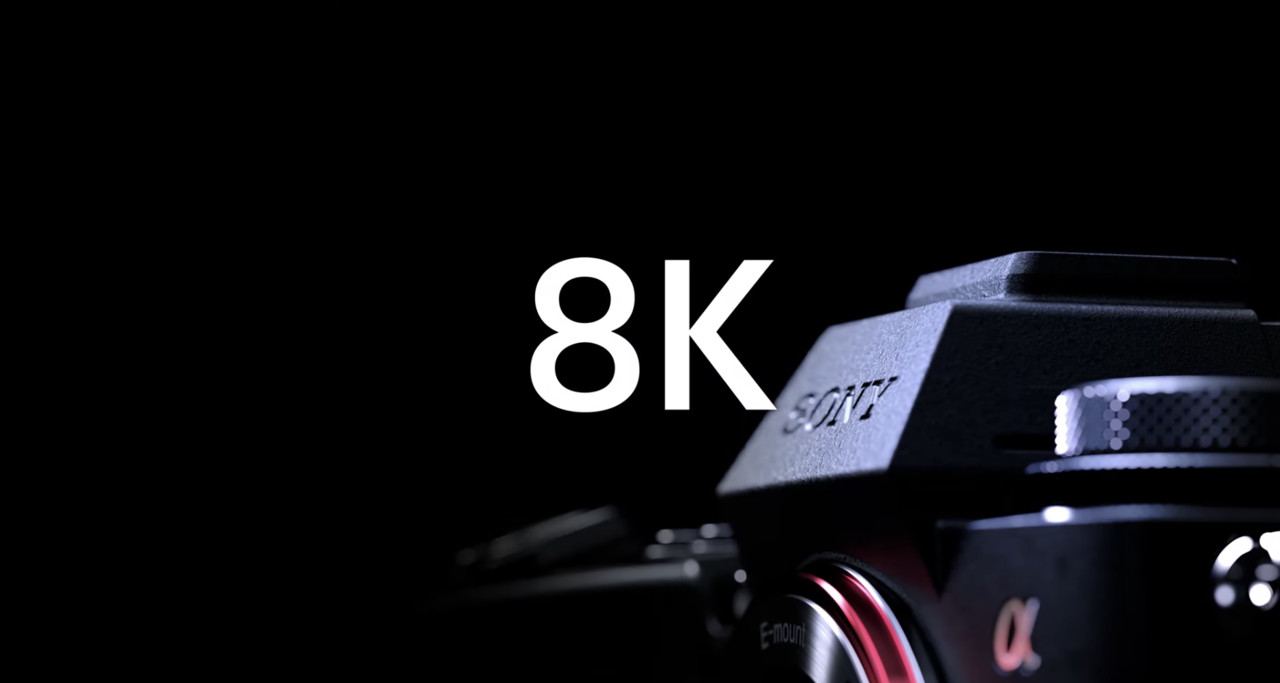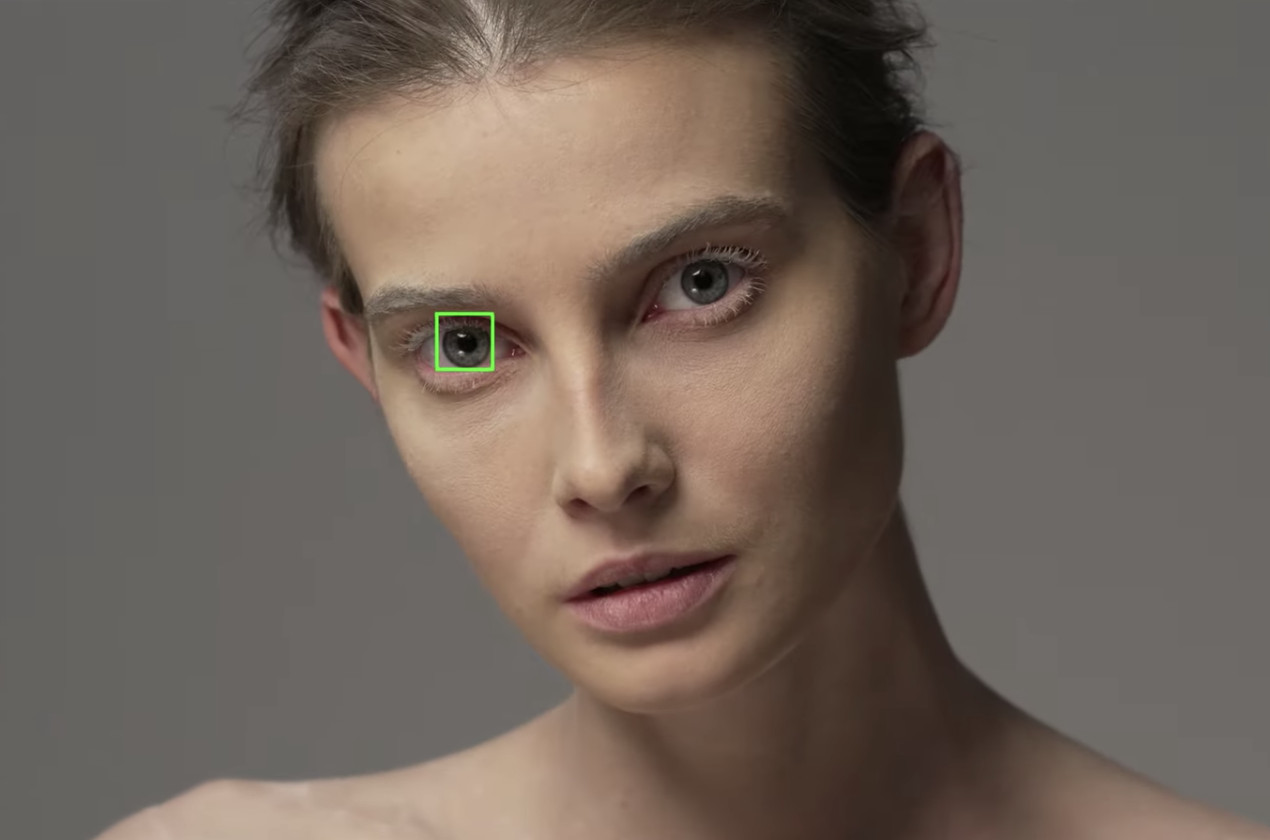高價 canon鏡頭收購 請立即與我們聯絡 收購canonRF系列,RF定焦,RF廣角,RF旅遊,收購EF-M系列,收購大三元,小三元,收購L鏡,收購Marco,二手鏡頭,全新鏡頭,鏡頭買賣,鏡頭收購 Read More ...

收購相機及鏡頭 您用不到相機鏡頭 不論新舊,都可以換現金 陪您走過每個黃金歲月的年頭,現在因為家庭或工作總總因素,這些可愛的相機及鏡頭寶貝們,除了躺在倉庫,安靜在防潮箱等候主人帶它們出勤之外,應該可以有個兩全其美的辦法"就是讓給有緣人",讓它再度發揮存在地球上的價值吧!

高價 canon鏡頭收購 請立即與我們聯絡 收購canonRF系列,RF定焦,RF廣角,RF旅遊,收購EF-M系列,收購大三元,小三元,收購L鏡,收購Marco,二手鏡頭,全新鏡頭,鏡頭買賣,鏡頭收購 Read More ...

線上估價 我們是專業的3C收購,高價收購您不用的3C產品,價格好不怕您比較!! 我們專業經營各項3C高價回收,清運協助,可開立單據,多通路多管道,非坊間垃圾回收價,價格不怕您比較,歡迎企業戶汰舊換新, Read More ...

中古鏡頭收購 canon 鏡頭收購,二手鏡頭收購,全新鏡頭收購,收購nikon鏡頭,收購sony鏡頭,收購leica鏡頭,收購fujifilm鏡頭,收購panasonic鏡頭,收購zeiss鏡頭,收購 Read More ...

高價 nikon鏡頭收購 請立即與我們聯絡 收購nikone鏡頭,收購nikon z,收購nikon z 40mm,z 50mm,z 35mm,z 20mm,z 24mm,z 28mm,收購af-s Read More ...

SONY鏡頭收購 全新SONY鏡頭收購 E-Mount鏡頭,FE 24-70MM,VCL-ECU2,FE 24-105MM,E PZ 18-105MM,FE 16-35MM,FE 35MM FE 70 Read More ...

PENTAX 鏡頭收購 標準定焦 (35-50) 廣角定焦 (21-31) 望遠定焦 (118-200) 中望遠定焦 (55-100) 超望遠定焦 (236-560) 廣角變焦 (20-82.5) 超 Read More ...
中古鏡頭收購
e CyberTipline, or any successor to the CyberTipline operated by NCMEC.
There is no escaping this responsibility when and if CSAM is discovered:
(e)Failure To Report.—A provider that knowingly and willfully fails to make a report required under subsection (a)(1) shall be fined—
(1) in the case of an initial knowing and willful failure to make a report, not more than $150,000; and
(2) in the case of any second or subsequent knowing and willful failure to make a report, not more than $300,000.
What is not required is that companies actively seek out CSAM on their services:
(f)Protection of Privacy.—Nothing in this section shall be construed to require a provider to—
(1) monitor any user, subscriber, or customer of that provider;
(2) monitor the content of any communication of any person described in paragraph (1); or
(3) affirmatively search, screen, or scan for facts or circumstances described in sections (a) and (b).
These two provisions get at why Facebook and Apple’s reported numbers have historically been so different: it’s not because there is somehow more CSAM on Facebook than exists on Apple devices, but rather that Facebook is scanning all of the images sent to and over its service, while Apple is not looking at what is in your phone, or on their cloud. From there the numbers make much more sense: Facebook is reporting what it finds, while Apple is, as the title of Section (3) suggests, protecting privacy and simply not looking at images at all.
Apple Protects Children
Last week Apple put up a special page on their website entitled Expanded Protections for Children:
At Apple, our goal is to create technology that empowers people and enriches their lives — while helping them stay safe. We want to help protect children from predators who use communication tools to recruit and exploit them, and limit the spread of Child Sexual Abuse Material (CSAM).
Apple is introducing new child safety features in three areas, developed in collaboration with child safety experts. First, new communication tools will enable parents to play a more informed role in helping their children navigate communication online. The Messages app will use on-device machine learning to warn about sensitive content, while keeping private communications unreadable by Apple.
Next, iOS and iPadOS will use new applications of cryptography to help limit the spread of CSAM online, while designing for user privacy. CSAM detection will help Apple provide valuable information to law enforcement on collections of CSAM in iCloud Photos.
Finally, updates to Siri and Search provide parents and children expanded information and help if they encounter unsafe situations. Siri and Search will also intervene when users try to search for CSAM-related topics.
John Gruber at Daring Fireball has a good overview of what are in fact three very different initiatives; what unites, them, though, and continues to differentiate Apple’s approach from Facebook’s, is that Apple is scanning content on your device, while Facebook is doing it in the cloud. Apple emphasized repeatedly that this ensured that Apple does not get access to your content. From the “Communications Safety in Messages” section:
Messages uses on-device machine learning to analyze image attachments and determine if a photo is sexually explicit. The feature is designed so that Apple does not get access to the messages.
From the “CSAM Detection” section:
Apple’s method of detecting known CSAM is designed with user privacy in mind. Instead of scanning images in the cloud, the system performs on-device matching using a database of known CSAM image hashes provided by NCMEC and other child safety organizations…This innovative new technology allows Apple to provide valuable and actionable information to NCMEC and law enforcement regarding the proliferation of known CSAM. And it does so while providing significant privacy benefits over existing techniques since Apple only learns about users’ photos if they have a collection of known CSAM in their iCloud Photos account. Even in these cases, Apple only learns about images that match known CSAM.
There are three ways to think about Apple’s approach, both in isolation and relative to a service like Facebook:2 the idealized outcome, the worst case outcome, and the likely driver.
Capability Versus Policy
Apple’s idealized outcome solves a lot of seemingly intractable problems. On one hand, CSAM is horrific and Apple hasn’t been doing anything about it; on the other hand, the company has a longstanding commitment to ever increasing amounts of encryption, ideally end-to-end. Apple’s system, if it works precisely as designed, preserves both goals: the company can not only keep end-to-end encryption in Messages, but also add it to iCloud Photos (which is not currently encrypted end-to-end), secure in the knowledge that it is doing its part to not only report CSAM but also help parents look after their children. And, from a business perspective, it means that Apple can continue to not make the massive investments that companies like Facebook have in trust-and-safety teams; the algorithm will take care of it.
That, of course, is the rub: Apple controls the algorithm, both in terms of what it looks for and what bugs it may or may not have, as well as the input, which in the case of CSAM scanning is the database from NCMEC. Apple has certainly worked hard to be a company that users trust, but we already know that that trust doesn’t extend everywhere: Apple has, under Chinese government pressure, put Chinese user iCloud data on state-owned enterprise servers, along with the encryption keys necessary to access it. What happens when China announces its version of the NCMEC, which not only includes the horrific imagery Apple’s system is meant to capture, but also images and memes the government deems illegal?
The fundamental issue — and the first reason why I think Apple made a mistake here — is that there is a meaningful difference between capability and policy. One of the most powerful arguments in Apple’s favor in the 2016 San Bernardino case is that the company didn’t even have the means to break into the iPhone in question, and that to build the capability would open the company up to a multitude of requests that were far less pressing in nature, and weaken the company’s ability to stand up to foreign governments. In this case, though, Apple is building the capability, and the only thing holding the company back is policy.
Then again, Apple’s policy isn’t the only one that matters: both the UK and the EU are moving forward on bills that mandate online service companies proactively look for and report CSAM. Indeed, I wouldn’t be surprised if this were the most important factor behind Apple’s move: the company doesn’t want to give up on end-to-end encryption — and likely wants to expand it — which leaves on-device scanning as the only way to satisfy governments not (just) in China but also the West.
Cloud Versus Device
I think that there is another solution to Apple’s conundrum; what is frustrating from my perspective is that I think the company is already mostly there. Consider the status quo: back in 2020 Reuters reported that Apple decided to not encrypt iCloud backups at the FBI’s request:
Apple Inc. dropped plans to let iPhone users fully encrypt backups of their devices in the company’s iCloud service after the FBI complained that the move would harm investigations, six sources familiar with the matter told Reuters. The tech giant’s reversal, about two years ago, has not previously been reported. It shows how much Apple has been willing to help U.S. law enforcement and intelligence agencies, despite taking a harder line in high-profile legal disputes with the government and casting itself as a defender of its customers’ information.
This has a number of significant implications for Apple’s security claims, and is why earlier this year I ranked iMessage as being less secure than Signal, WhatsApp, Telegram, and Facebook Messenger:
iMessage encrypts messages end-to-end by default; however, if you have iCloud backup turned on, your messages can be accessed by Apple (who has the keys for iCloud backups) and, by extension, law enforcement with a warrant. Unlike WhatsApp, though, this is both on by default and cannot be turned off on a granular basis.
This caveat applies to almost everything on your iPhone: if you give in to the never-ending prompts to sign-in to iCloud and its on-by-default backup solution, your data is accessible to Apple and, by extension, law enforcement with a warrant. I actually think this is reasonable! I wrote this when that Reuters report came out:
Go back to what I said above: determined actors will have access to encryption and facial recognition. Anyone trying to argue whether or not these technologies should exist is not living in reality. It follows then, that we should take care to ensure that good actors have access to these technologies too. That means not making them illegal.
Second, though, legitimate societal concerns about the needs of law enforcement and the radicalizing nature of the Internet should be taken seriously. That means we should think very carefully about making encryption the default…This also splits the difference when it comes to principles: users have agency — they can ensure that everything they do is encrypted — while total privacy is available but not given by default.
I actually think that Apple does an excellent job of striking that balance today. When it comes to the iPhone itself, Apple is the only entity that can make it truly secure; no individual can build their own secure enclave that sits at the root of iPhone security. Therefore, they are right to do so: everyone has access to encryption.
From there it is possible to build a fully secure environment: use only encrypted communications, use encrypted backups to a computer secured by its own hardware-based authentication scheme, etc. Taking the slightly easier route, though — iCloud backups, Facebook messaging, etc. —
特約記者洪聖壹/綜合報導
SONY 公司這兩年真的是大爆發,針對中階用戶推出 A7III、A7RIV,還推出所謂「網紅機」ZV-1,在昨晚可說是毫無保留,以「前所未見(The One Never Seen)」為名,推出全片幅無反相機 α1(A1,英文名稱Alpha One),以數字來看,就是 5010 萬畫素、15 級動態範圍、30fps 連拍、8K 拍攝,售價來到 6500 美元(約台幣 18.2 萬元)。

去年夏天,中古鏡頭收購canon 公司推出的 EOS R5,搭載全球首部 8K,4,500 萬畫素全幅 CMOS 感光元件,支援無裁切、最高 120p 4K 的短片拍攝,高達 8 級機身五軸防震能力,最高 20fps 連續拍攝,被稱為該公司革新機種。
如今時隔半年不到,Sony 公司立刻還以顏色,以 “The One”Never Seen 為名,推出的 SONY α1 能夠以更高的 5,010 萬畫素,每秒鐘連續拍攝 30 張照片,並且可以透過連續拍攝 16 張照片組合成一張 1 億 9900 萬畫素照片,側邊還具備雙 SD UHS II、雙CFexpress 卡槽以即時存取內容。

SONY α1 的數位觀景窗使用跟 α7SIII 相同的 944 萬液晶螢幕,可以做到更精細的每秒 240 次更新,並且把 8K@30P、4K@120P 的高規格拍攝能力也塞入 α1,全機身採用多重環繞式散熱系統與 5.5 級 5 軸防手震設計,讓相機即使邊走邊拍 4K、8K 影片 30 分鐘不只維持很好的拍攝品質、而且不過熱。



SONY α1 支援人眼對焦,拍攝對焦點來到 759 點、覆蓋範圍高達 92%,並且支援 4:2:2 10bit 色彩取樣、16bit RAW、SLog-3 或 HLG 輸出,同時也擁有旗艦機才有的 S-Cinetone 功能。


在影音輸出方面,SONY α1 側邊有 HDMI 孔支援 16-bit RAW 輸出,而且還多了 USB 3.2 Type-C (10Gbps) 孔、多了一個 1000BASE-T LAN 網路連接能力、內建 2×2 MIMO AC 無線傳檔、FTP 連線,透過各種形式,傳輸高品質影音內容,提升工作效率,舉例來說,消費者可以直接用 USB-C 連接 SONY Xperia 1 II 5G 手機,快速將存取好的照片,進行機上修圖,然後上傳到社群平台,從數位相機的演變進程來看,這可以說是一個里程碑。
SONY α1 機身重量只有 737 克,售價約 6500 美元,折合台幣約 18.2 萬元,下面有幾個代表性的拍攝樣張,提供給讀者參考:



中古鏡頭收購 中古鏡頭收購